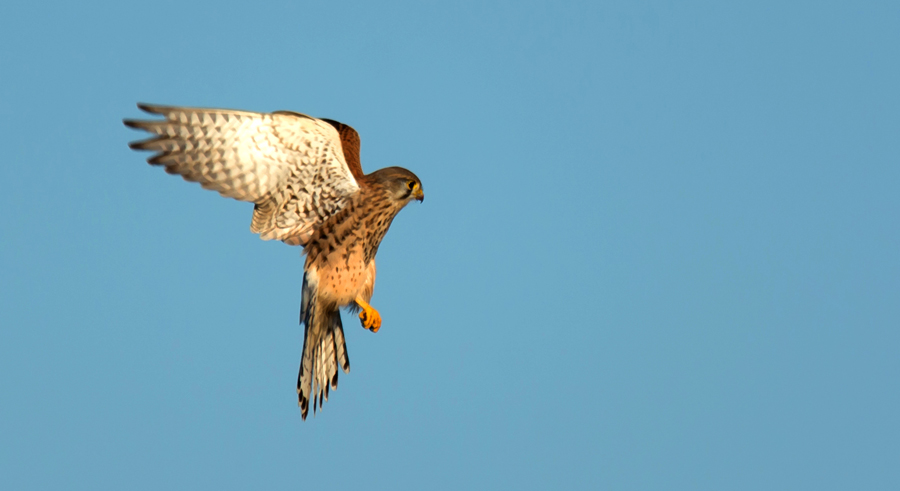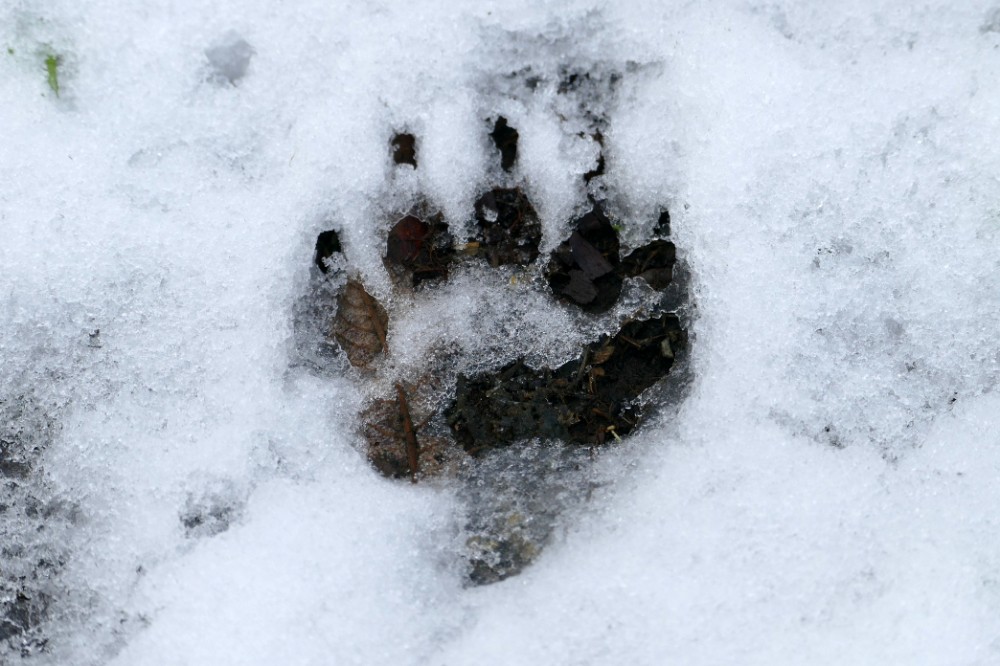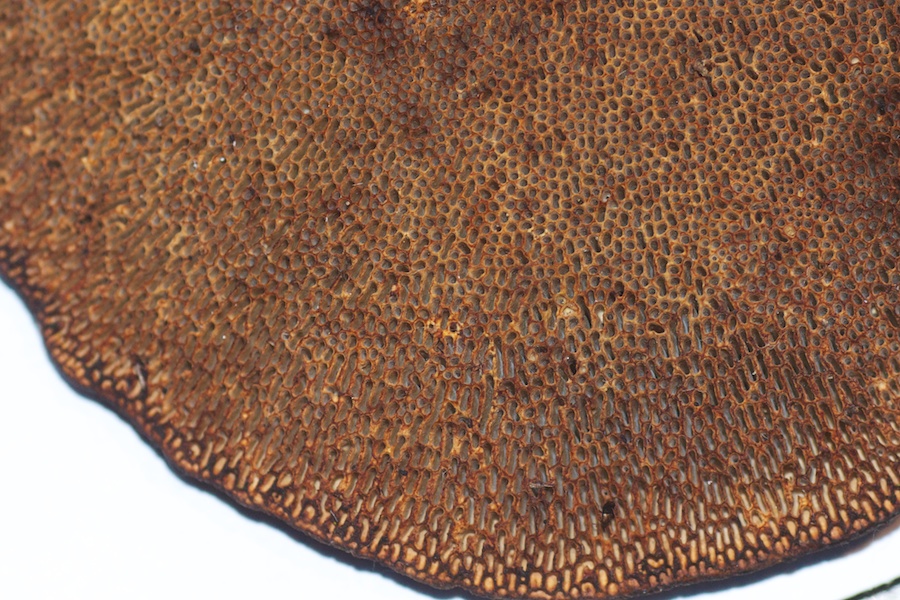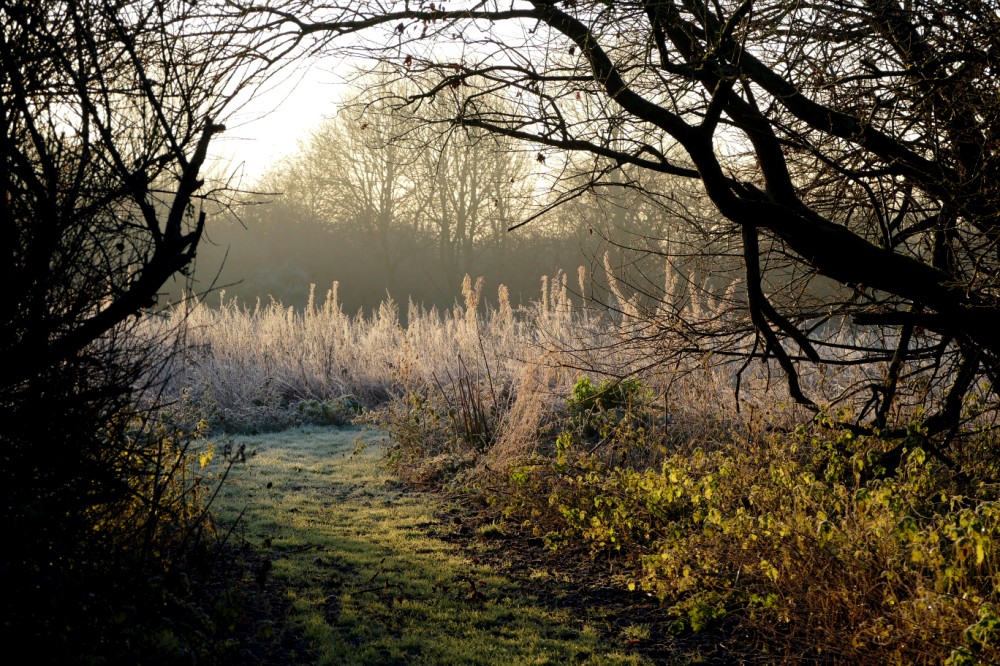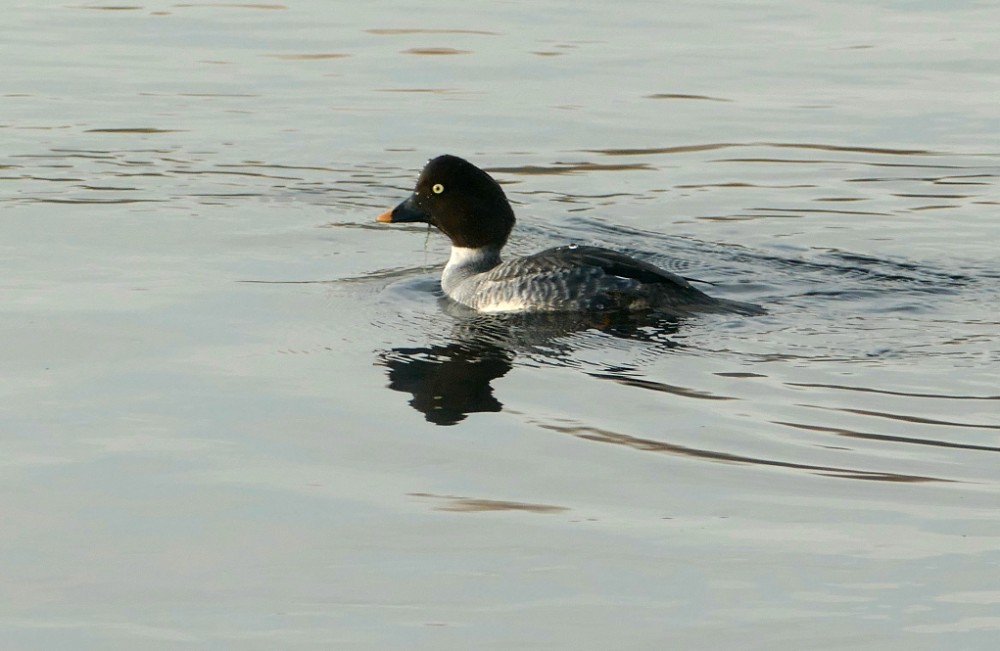Woolston Eyes Monthly Sightings
2014-12-29
Left home this morning glorious sunshine here in Wales for a day birding.Called at Pennington Flash very dissapointing thick fog decided to go to the eyes a bit earlier than planned.Went to the weir saw three goldeneye one great crested grebe as well as the usual ducks.On the way back saw the kingfisher next to a heron on the river.It took off and flew up towards the bridge.On the reserve lovely and sunny saw red wing by the sybil hogg hide.On the way around lots of blackbirds they were everywhere.When we got to the seed meadows there was a kestrel in the tree managed to get quite close to it happily taking pics .Called at the morgan hide male bullfinch on the feeder few greenfinch the water was frozen over not a lot happening on there.We met Karen she said she saw a fox walking on the ice.We decided to go back and try Pennington again but turned back due the fog.We went to the boating lake on deeside and saw three black necked grebes.Lots of little grebe also a few tufted ducks and mallards so a good day in the end.Roger and Gill
Submitted by: Roger Riley
2014-12-29
A cracking late afternoon on No.3 bed, where the Starling roost has quickly built up to c.100,000 birds. Also out on a small pool being kept open in the ice were: 450 Teal being stalked by a large Fox, 25 Coot and 21 Moorhens. Other sightings included: 15 Redpolls, 70 Greenfinches, 60 Chaffinches, 350 Jackdaws (flying west at dusk) and 65 Pied Wagtails coming in to roost.
Cheers David (with George Dunbar and Graham Cooke)
Submitted by: David Bowman
2014-12-27
A great morning on a snowy No.3 bed. The lagoon had a thin skim of ice on it, though the Teal were working hard to keep some pools open. Highlights were the first Snowdrops of the year, masses of Badger and Fox prints everywhere, plus 15,000 Starlings from the roost at dawn, 700 Teal, 3 Snipe, 1 Grey Wagtail, 2 Wigeon, 7 Goldeneye (on the Weir Pool) plus loads of finches around the feeding station.
Photo is of a Badger footprint from this morning.
Cheers David (with David Spencer, Paul Hazlehurst, Helen Allan, George Dunbar and Sue Haddock.)
Submitted by: David Bowman
2014-12-26
Bracket Fungus update
I have now identified the bracket fungus and have a correction to the tree on which it is growing. The Fungus is Daedaleopsis confragosa known as the blushing bracket. It grows mainly willow and in fact the trunk on which it is growing near the ringing station is a willow and not Elder as I mistakenly reported. The fungus has a pink colour on its upper surface when young but then progressively darkens as it ages. The examples are now almost completely black on their upper surfaces. The underside is honeycombed. It belongs to the order Polyporales because of the honeycomb on the under surface. At the periphery the pores are elongated but roundish nearer the base as in the photo.
Submitted by: Douglas Buchanan
2014-12-13
Ringing Update 06 to 13/12/2014 Due to holidays, the totals are for two weeks.
During the first week, Dave Riley was out on No1 bed on the Friday, when he caught 26 birds with eight new, 2 Blue Tits, 2 Chaffinches and 4 Greenfinches. Mike Baron was out on the Sunday, when he caught a creditable 58 birds in his three nets, with 30 new including 15 Lesser Redpolls along with another Redpoll that showed some characteristics of Common, he also caught a new Great Spotted Woodpecker and Goldfinch. Mike was also out on the Saturday of the second week when he caught a further 51 birds with the 28 new including 7 Redwings and another Goldfinch.
The No3 ringing team were out on the Saturday morning of the first week when they caught 73 birds including 21 Redwings and 11 Chaffinches, while sightings during the session included 2 Tawny Owls, 1 fieldfare and 70+ finch sp. in the feed crop. The team were out again the following Saturday when a further 51 birds were caught and the 23 new included another 14 Redwings, 1 Goldfinch and 3 Chaffinches.
Submitted by: Dave Riley
2014-12-18
This morning’s visible migration watch from Butchersfield Tip started with drizzle which had cleared by mid-morning. Things started well, with a Woodcock flushed from the track on the way to the Tip. Most movements were of local feeding birds with the main counts of interest being: 23 Pink-footed Geese, 30 Fieldfares, 21 Redwings, 110 Skylarks, 1,800 Woodpigeons, 70 Stock Doves, 3,270 Starings, 200 Herring Gulls and 40 Chaffinches.
Cheers David (with Dave Steel and David Spencer)
Submitted by: David Bowman
2014-12-17
In spite of the dull weather it stayed dry virtually all day. Over 200 Mallard were present and there were about 400 Teal on each of No.2 and 3 beds; difficult to count as many were in cover. Four Goldeneye were at the weir and a pair of Wigeon on No.3 bed. The Peregrine was flying near the viaduct. At the John Morgan Hide feeders were 100 Greenfinch and about 40 Chaffinch with many others on the north meadow. My day ended with 30 Crows on No.4 bed and two Kingfishers on the Sandpit Ponds.
Submitted by: Dave Hackett
2014-12-13
A crisp cold morning was followed by an a late afternoon Starling murmuration and an evening with partially clear skies for watching the Geminid Meteor shower from No.3 bed. Early highlights included: 7 Goldeneyes on the Weir Pool, 800 Teal out on the ice of a largely frozen No.3 bed, along with 4 Snipe, 3 Water Rails, 2 Black-tailed Godwits and 17 Moorhens. Roughly 8,000 Starlings then put on a nice display at dusk, with the usual Sparrowhawks and Tawny Owl in attendance. Best of all was the star-watching which followed, with plenty of Geminid meteors including five bright “fire-balls” which really lit up the night sky. As an added bonus, the International Space Station also passed over.
Photo of a frosty No.3 bed
Cheers David (with Dave Steel, David Spencer, Al Warford, Paul Hazlehurst, Brian Baird, Les Jones and my intrepid sky-watching companions, Joan and Philip Bowman, Diane Shepherd and George Dunbar)
Submitted by: David Bowman
2014-12-06
Wildfowl Count (WeBS) Little Grebe 7 Shoveler 30 Great crested Grebe 5 Tufted Duck 379 Cormorant 27 Goldeneye 5 Grey Heron 5 Moorhen 14 Mute Swan 9 Coot 20 Greylag Goose 2 Water Rail 2 Canada Goose 19 Lapwing 8 Shelduck 2 Snipe 1 Mandarin 2 Black tailed Godwit 1 Wigeon 15 Black headed Gull 30 Gadwall 73 Common Gull 4 Teal 398 Lesser Black backed Gull 1 Mallard 232 Kingfisher 1
Submitted by: Brian Martin
2014-12-10
Although windy from mid-morning the weather was not as bad as forecast and I was able to complete my walk round the reserve with only brief blustery showers. The frosts during the past week seem to have killed off a lot of the azolla weed on No.3 bed and the loop. Hopefully it will all disappear during the winter. Teal numbers continue to build and over 700 were present including 200 an No.2 bed and nearly 500 on No.3. Mallard totalled 174, mostly at the eastern end. Other sightings of note were 14 Bullfinch, 50 Jackdaw over Butchersfield Tip and 36 Lapwing in a field to the north of No.1 bed. 5 Goldeneye were near the weir whilst on No.3 bed I counted 73 Gadwall, 4 Wigeon and a Shelduck. A bird flushed from the west pool on No.1 bed looked like a Sandpiper but I caught only a glimpse and could not positively identify it.
Submitted by: Dave Hackett
2014-12-08
First signs of the Starling roost on No.3 bed starting to increase. c.8,000 came in tonight and formed two roosts, one in the southern reedbed and another in the eastern one. Three Sparrowhawks and a Tawny Owl were hunting the roost and the link to a video, below, shows a Sparrowhawk snatching a Starling in flight. Unusual for No.3 bed was a movement of 135 Jackdaws, heading west in the late afternoon.
https://www.youtube.com/watch?v=LM24_s-DGt8&feature=youtube_gdata
Cheers David
Submitted by: David Bowman
2014-12-06
With a hard frost, clear skies and an overnight full moon, the omens for the morning’s birding were excellent. Sure enough, we flushed a Woodcock from by the entrance barrier and then Kelly picked up a Weasel under the Morgan Hide feeders. Although the majority of the water on No.3 bed was frozen, the remaining wildfowl, including 330 Teal, were working hard to keep a couple of pools open. A Cetti’s Warbler then flew in front of the hide and a Water Rail also flew by. Heading off the bed a Kingfisher showed well from the footbridge. A quick stop at the Weir Pool produced 6 Goldeneyes among the commoner wildfowl. On No.1 bed Mike Baron caught and ringed a large pale Redpoll, probably a Common Redpoll, among the many Lesser Redpolls he’d caught. At Bollin Point a pair of Mandarin’s were a good find among the hundreds of Mallard and Tufted Ducks. Altogether, a really great morning.
Picture of a Goldeneye from the Weir Pool this morning.
Cheers David (with Al Warford, Sue Haddock, Brian Baird, Helen Allan, Kelly Ainsworth, Diane Shepherd and George Dunbar)
Submitted by: David Bowman

